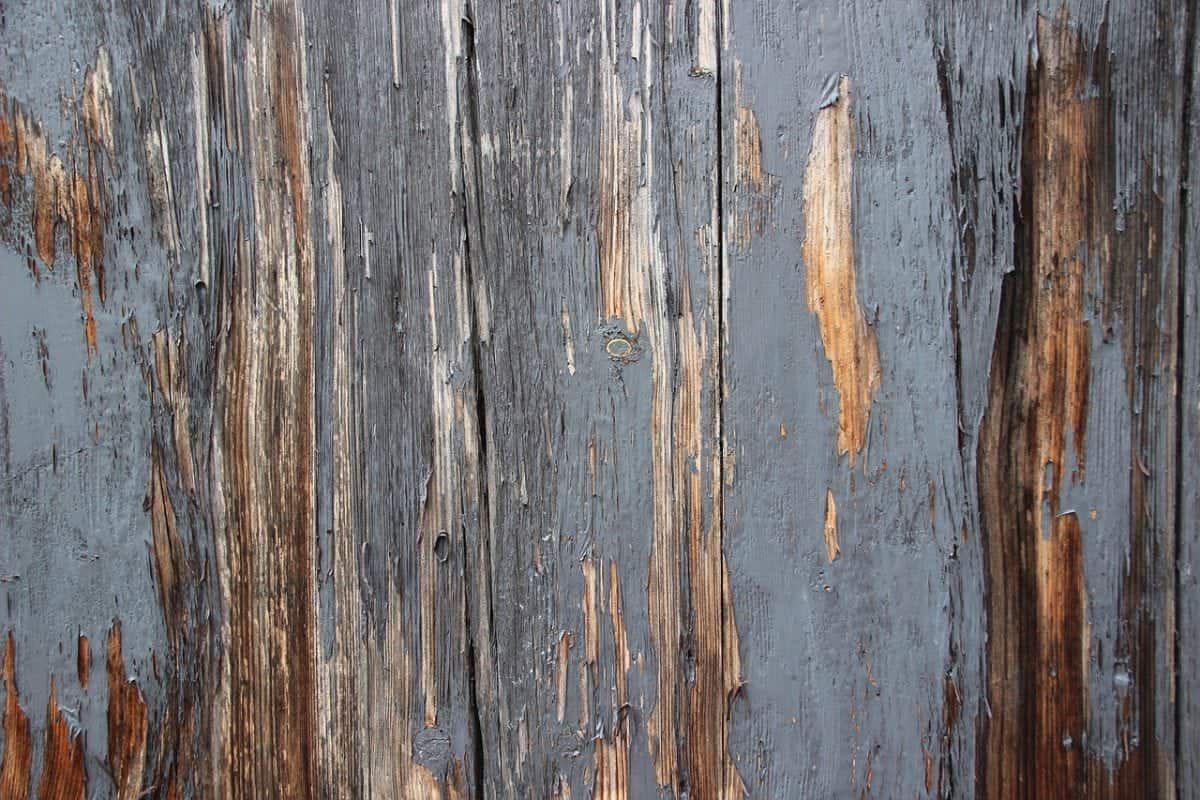
Ask any damp proof specialists in London and around the country and they will tell you that two of the most serious problems that can come from a damp property is wet and dry rot. Both come from fungal growths but have different requirements and cause different problems. So how do you know if you have one of these problems? Be it an period home or a self build home, both will have the potential of being affected.
Dry rot might sound like the less serious of the two conditions but can be devastating once it gets hold. Dry rot is a type of fungus that grows in areas away from sight and this makes it subtle in the early stages. This also means spotting it can be more difficult but there are signs:
Also a fungus, wet rot may sound worst but isn’t as destructive as dry rot and also requires a higher level of moisture before it can grow. This means some of the signs of both wet and dry rot are similar.
As you can see, both conditions have a lot in common and you would often need a damp expert to tell you the difference once you have a problem. The main difference is the amount of moisture required for the spores to begin growing – it needs to be at least 50% moisture content for wet rot while dry rot is only around 20%. Dry rot is also sneakier and will grow in places that are harder to spot, meaning it can spread further before anyone realises there is a problem.
Wet rot will often see the growth of black fungus on timber while dry rot tends to be brown in colour. Timber affected by dry rot tends to crumble while those affected by wet rot will be soft and spongy with darker areas.
If you notice any of these signs or the tell-tale musty smell of dampness, it is important to call a damp proof company as quickly as possible. Both conditions can cause problems in your home and dry rot can have a serious impact on the very structure of your home, leading to major damage in extreme cases.